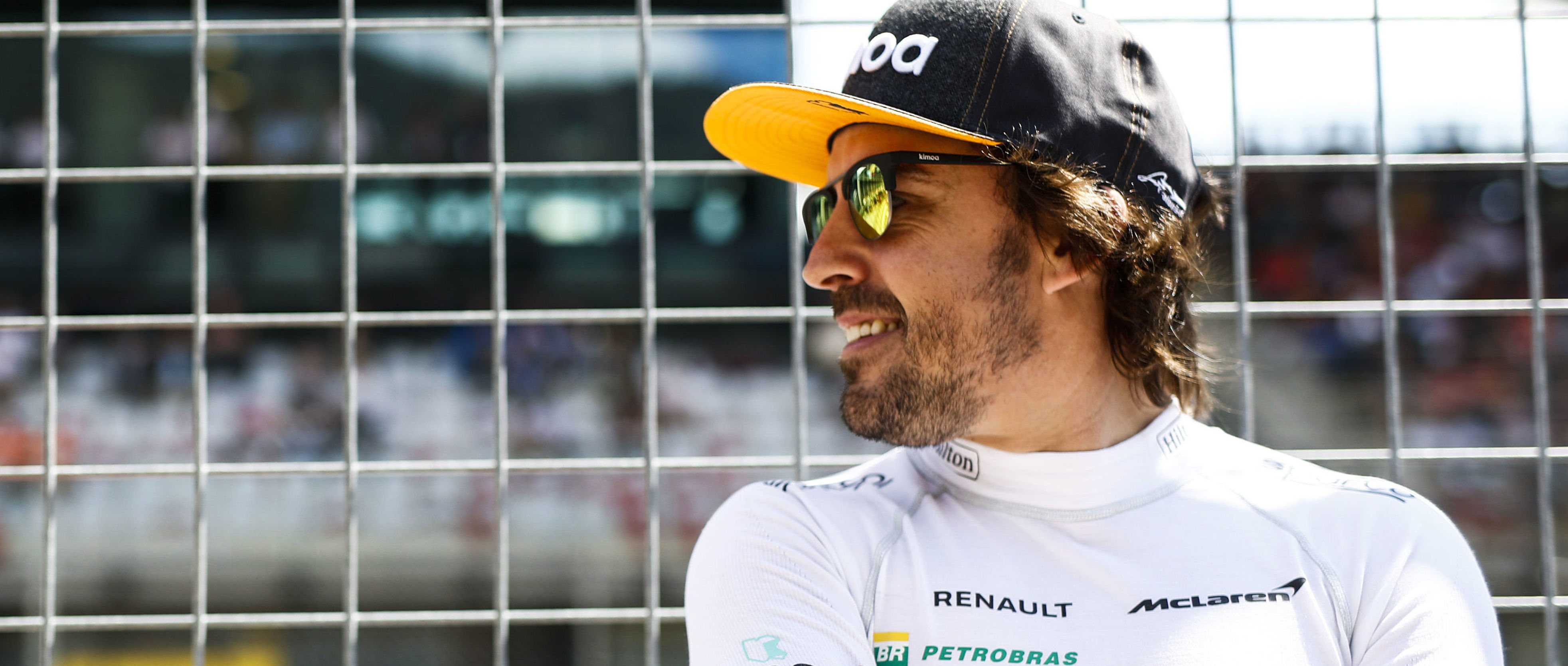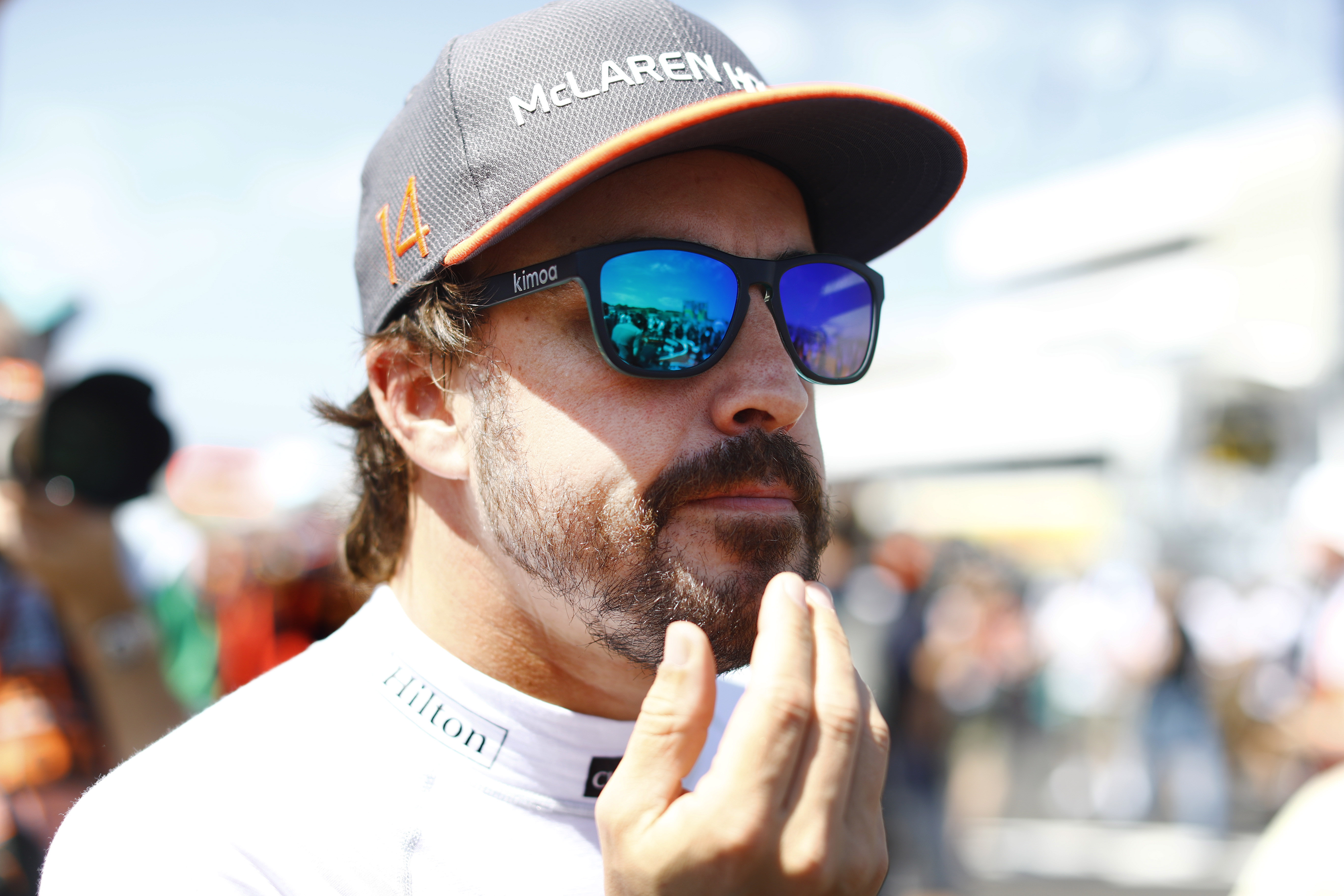For many years now, Fernando Alonso has been a man to speak his mind, and he has taken no prisoners since the announcement of his retirement, roasting the world of F1 left, right, and centre. The latest in the long list of episodes featured the stewards, who intervened in a very strange way after an incident between the double world champion and young Canadian Lance Stroll at last weekend’s Japanese Grand Prix.

Going into the last chicane Stroll, unaware of Alonso’s presence behind him, moved across and pushed the Spaniard off the track. Alonso had to short-cut the chicane and gained a position on Stroll as a result. The stewards decided to penalise both of them: Stroll for forcing another driver off the track, and Alonso for leaving the track and gaining an advantage.
Alonso, quite rightly, argued that the only reason he was off the track in the first place was because Stroll put him there. Alonso had no problems with Stroll, and accepted his apology in the media pen. He did, however, have a problem with the stewards, and he’s not the only one.
The stewards opted not to take any action against the Haas of Kevin Magnussen after he moved across the track and caused Charles Leclerc to hit him. Magnussen retired from the race as a result, but for a crash that had the potential to be enormous, one would think the stewards would hand out a penalty for the next race in the United States. They did not.
The problems have been ever-present over the years, but the main cause of frustration has been the inconsistency. Earlier this season in France, Sebastian Vettel took out Valtteri Bottas and got a mere five-second penalty. His team-mate wiped out Lewis Hamilton at Silverstone and was given a ten-second penalty, which raised questions as to what exactly the difference was between the two incidents.
If we look back further to the United States last year, we saw drivers using an interesting interpretation of track limits throughout the whole weekend at virtually every corner, yet no penalties were given. On the final lap, Max Verstappen left the track passing Kimi Raikkonen and gained the position. He was the only man that weekend to be penalised for exceeding track limits which led him to question not why he got the penalty, but why he was the only one penalised when other drivers had been making more flagrant violations of track limits all weekend.
Earlier that year, Daniil Kvyat was given two penalties – after he had served the first, the stewards decided they had given him the wrong one and thus gave him a second.
Finally, we come to the 2016 Mexican Grand Prix. Lewis Hamilton and Nico Rosberg both cut turn two and got away without a penalty, yet Verstappen was penalised when he made the same error later on in the Grand Prix.
Veratappen, earlier in the season, had been criticised for moving under braking but was not penalised. Vettel made the same kind of move on Daniel Ricciardo in Mexico and was penalised for it.
It has to be said that when it comes to stewarding, F1 is a bit of a mess. The way racing incidents are judged by the stewards can often have an impact on people’s perception of our sport. They cannot be too lenient, but they also have to make sure they don’t start giving out penalties for the smallest of incidents. Therefore, it can no by no means be said that the stewards have an easy job.
However, there can appear at times to be a bit of an absence of logic and common sense, leading to heavy criticism from drivers and fans alike.

Sunday 30 July 2017.
Fernando Alonso, McLaren.
Photo: Steven Tee/McLaren
ref: Digital Image _R3I4275
Alonso said in a post-race interview that his penalty “shows how bad Formula One is”. The aforementioned incidents do seem to suggest that the stewards have a tendency of making silly and seemingly unthoughtful decisions.
A viable solution would be to have the same stewards go to every race to avoid the inconsistency we have at the moment. But as it is at the moment the stewards, with some extremely ambiguous and disagreeable decision-making, are a problem that need to be solved in F1.
